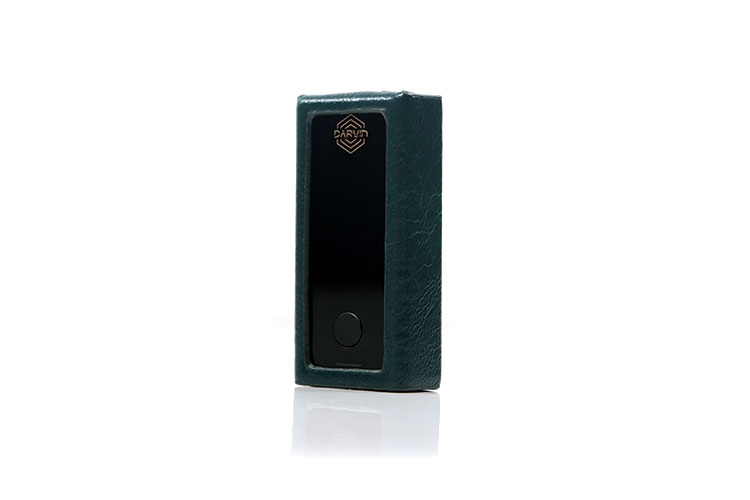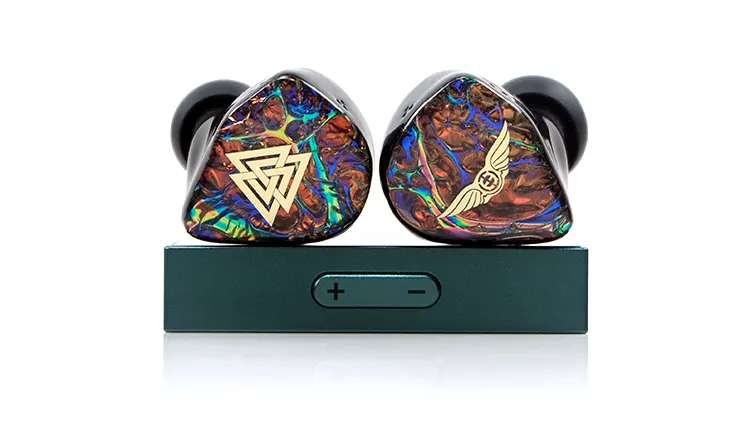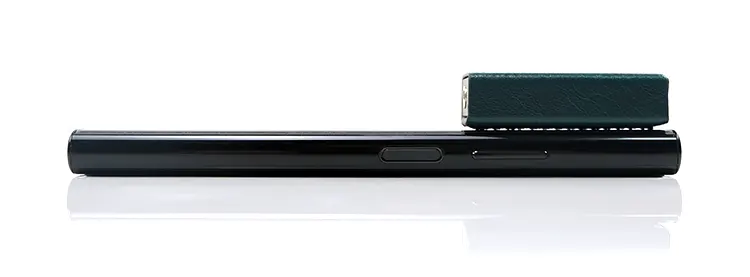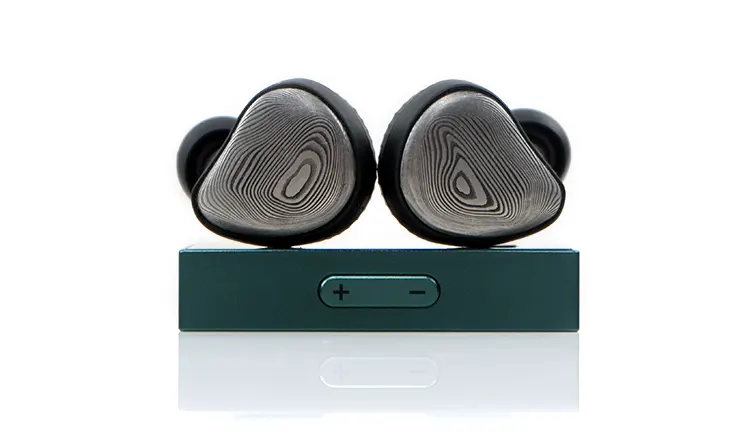Sound Impressions
Summary
The HiBy FC6 has a lovely analog quality to its tuning with a dense and fulsome-sounding low-end performance with our paired headgear.
Lined up against the competition such as the Questyle M15 there is an additional degree of warmth throughout, teasing out slightly less treble presence compared to the M15 and the alternative R2R dongle DAC offering, the RU6.
With all tested monitors there is also an observed longer note decay giving the FC6 a more languid pace in terms of ‘perceived’ speed.
Both NOS and OS will tweak the core FC6 sound signature and here I found some tangible benefits with both. NOS produces a more vibrant midrange with excellent vocal and instrumental texture. Treble presence also seems more influential with NOS which only adds a bit more ‘character’ to vocals.
However, it is a ‘warts and all’ type of delivery and can sound a shade rough around the edges, more raw than a delta-sigma polished note but one that I personally find more engaging and interesting with the right pairing.
The FC6 OS performance is more refined, more ‘perfect’ in terms of harmonic balance but at the cost of a reduced mids impact. It is smoother on the ear but for monitors that need a bit of a vocal lift such as the JH Audio Jolene, it can sound muted compared to the NOS equivalent.
Staging is impressively atmospheric though your listening bias is more to its excellent depth and above-average width rather than any extreme sparkle or prominent vocal imaging. NOS will produce a more vibrant and connected midrange bloom whereas OS will improve peripheral imaging clarity and enhance perceived separation.
Timbre
The FC6 timbre has two versions; the ‘rougher’ but more vibrant and engaging NOS performance, and the tonally more balanced, and smoother OS mode.
Both are going to give you a relatively analog quality to the timbre and neither is going to detract from the impressive low-end weight of the FC6’s performance.
However, NOS does seem to convey a little more weight and dynamic impact on the bass response, perhaps more to the mid and upper-bass presence. So, it tends to sound a little meatier and more aggressive with an improved body in the mids and vocal note timbre and a better bass fundamental.
The OS mode seems to strip a little of that upper bass bloom out increasing the bass to mids separation. It retains a decent fundamental but slightly less presence in the lower mids and more emphasis on teasing out stronger peripheral note presence.
I would opt for the OS mode if you are pairing it with a brighter and ‘peppy-sounding’ IEM that needs a bit of control on the harmonic balance to get just right. I tend to pick NOS with IEMs that respond well to a fuller tone or need more of a lift in their mids impact.
Staging & Dynamics
Staging is mode dependent for me. In NOS it’s quite expansive with excellent depth and power as well as a better mids ‘connection’ so to speak. It sounds more ‘filled-in’ than with OS mode with left-right pan and scan imaging showing good presence all the way across.
The OS mode varies staging a little for me depending on the filter choice. I tend to opt for Fast Normal because my perception of its imaging separation and depth is stronger compared to the min phase and its slower modes. However, that seems to come at a cost of almost too much left-right emphasis leaving the center imaging a bit lacking.
Compared to NOS, OS does seem to push down a little on the midrange weight and presence so peripheral spatial cues left and right become more prominent as does bass to mids separation with less mid-to-upper bass presence.
Neither mode will tease out a strong level of sparkle and in fact, upper-treble presence can seem somewhat muted in comparison to the likes of the Cayin RU6 and the more dynamic Questyle M15.
That can work to your advantage though with IEMs such as the Noble Viking Ragnar and the Empire Ears Odin. Neither monitors need ‘more treble’ and in fact the smoother it is in the highs the better these two generally perform so long as it’s not overly dark.
Synergy
Efficiency
The HiBy FC6 is rated at 100mW into a 32Ω from its single-ended 3.5mm output. It will have no problems with just about any IEM you pair it with in terms of driving capability.
For me, the FC6 is targeted more towards IEMs rather than headphones and is not as capable of delivering as much power as the likes of the Questyle M15 or the Cayin RU6 given its lack of higher-power balanced output gain levels.
Not to say it sounds bad with some efficient headphones, in fact, with the likes of the Meze Audio Elite and Audeze’s MM-500 I found the performance tonally quite acceptable and not at all tinny sounding.
However, you could tell there were some acoustical issues when I switched over to the better power of the high-gain SE output of the Shanling H7 which is rated at 450mW @32Ω.
A good example is TIDAL’s new Dolby Atmos content and a track called Scars from Jayda G. This has a soaring solo vocal chorus line but one that sounds like it’s delivered in a fairly sparse acoustical environment rather than a soft or deadened studio room when paired with the FC6 and the aforementioned headphones.
With the H7, the vocal sounded more controlled and to the fore whereas the FC6 sunk it back a bit more in terms of positioning creating a stronger pseudo-echo effect in NOS mode during the same vocal passage.
Noise
You should have no issues driving most IEMs with more than acceptable dynamic range and plenty of headroom. If you stick with the USB driver mode you should get a perfectly black background in both NOS and OS modes.
However, the FC6 does seem to be prone to some noise when not using the exclusive USB-driver mode with both headphones and monitors. Specifically, my Samsung S23 Ultra and Z Flip 3 pairings seem to generate noise on low phone volume settings when streaming from TIDAL after a few minutes in NOS mode.
The quickest way to remedy this issue is to reconnect and wait for the prompt to connect in the exclusive USB-driver mode. However, if you are using TIDAL outside of HiByMusic make sure it’s the TIDAL prompt and not HiByMusic, or else you will not receive any audio from TIDAL.
Another method is to use OS mode which kills any noise from the S23 and Z Flip 3 completely though that may not be ideal for fans of the NOS sound signature. I believe HiBy is aware of this issue and the OS was set up in a way to address the noise issue from Samsung phones.
One last issue to be aware of is a loud ‘pop’ if you disconnect the FC6 from your source device with headphones or IEM still connected. Not something that seems to happen using competing dongles. To avoid this, disconnect the gear first then the dongle.
Pairings
There were two sound signatures I really enjoyed pairing with the HiBy FC6: gear with a strong bass response inherent in its tuning, and brighter edgy gear that I wanted to tame down a bit for longer listening sessions.
An example of the former included the Empire Ear’s Odin and the JH Audio Jolene, two monitors with impactful dynamic driver performances.
Both of these IEMs benefited from the weighty and thick bass tuning from the FC6 sounding very planted and powerful. More so than the RU6 though not quite as dynamic and punchy as the Questyle M15. The Odin upper-mids also sound very slick and smooth which the M15 copes less well with given its sharper treble coloration.
I would say though that the Jolene works much better with NOS over OS. This is a relaxed and organic-sounding midrange but the OS tends to reduce its presence and bloom too much for me compared to the more vibrant mids when in NOS.
On the flip side, the somewhat attenuated highs and richer midrange timbre work very nicely with the Viking Ragnar if you are finding it challenging to get a smooth pairing from a dongle.
I love the Questyle dynamics with the low end of the Ragnar but since I use Final E tips, the M15’s cleaner treble can clash a little with its stronger treble tuning.
The FC6 softens the attack on the highs and upper mids, whilst retaining some excellent body on the lows. Though not quite as well-defined or as pacy in its delivery compared to the M15, the FC6/Ragnar pairing has a smoother and richer tonal quality that makes for a less fatiguing listening experience.





